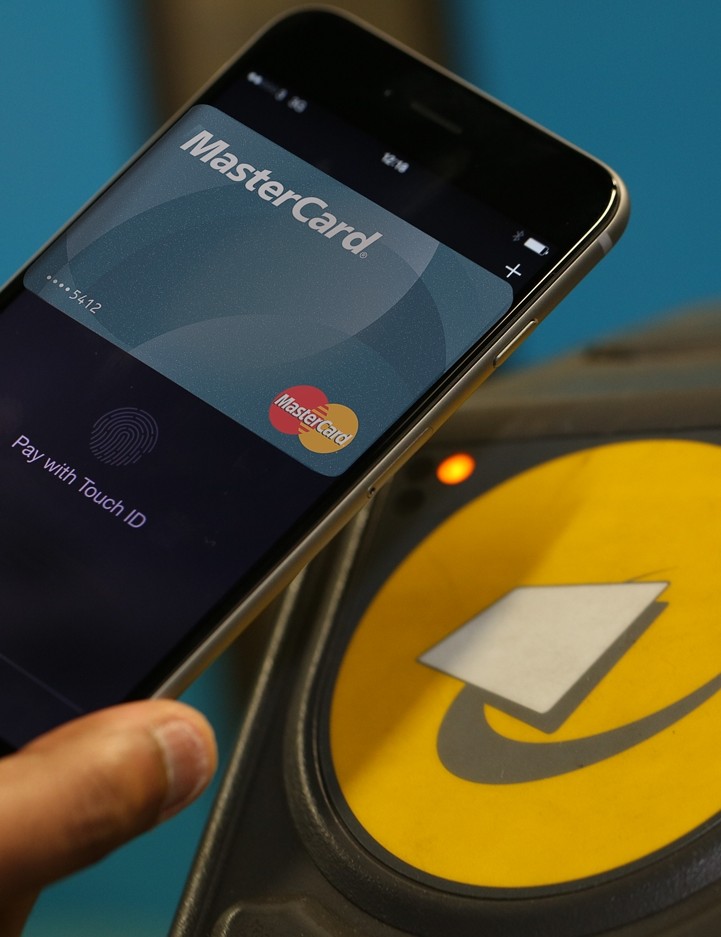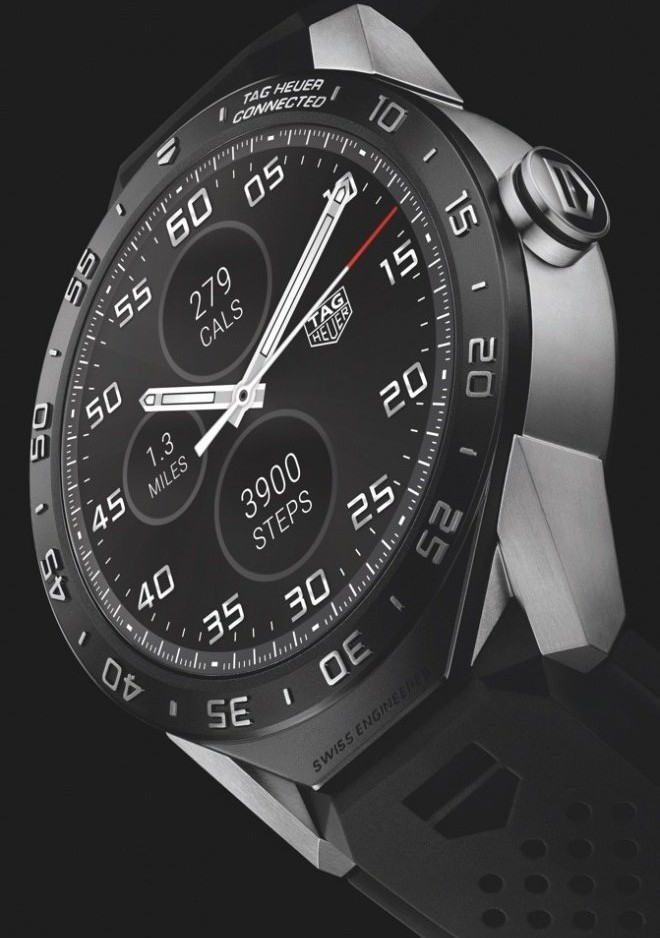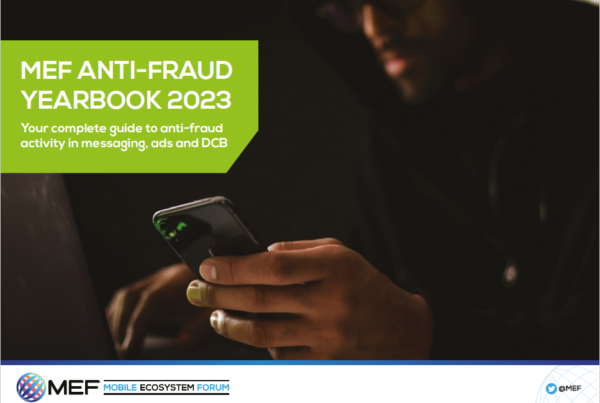1.4 mil smartphones sold in 2015: global market slowdown, proximity payments to triple in value and 1.1 billion fintech customers will use mobile biopmetrics in 2020.
Get your weekly dose of mobile reports and data in our global mobile market stats round up…

1.43 million smartphones to be sold in 2015
The global smartphone market will grow in single digits for the first time ever this year, according to IDC.
It will grow 9.8 per cent in 2015 to post a total of 1.43 billion units sold. This represents a slow down in growth after years of rapid adoption by consumers.
The truth is that the majority of consumers in mature markets now own a smartphone, and this includes China, which IDC describes as a replacement market. The analyst says the Middle East & Africa (MEA) region will see the highest growth in 2015 with shipments expected to increase nearly 50 per cent year over year.
In terms of OS, Android’s market share is expected to grow slightly from 81 per cent in 2015 to 82 per cent by 2019. iOS is currently at 15.8 per cent, and will account for 14.1 per cent in four years.
There’s virtually no room for anything else. IDC puts Windows Phone at 2.2 per cent and the rest at 0.8 per cent.
Read more…
US proximity mobile payments to triple in value next year
A new report by eMarketer says mobile payment transactions at retail in the US will reach $8.71 billion in 2015, before rising to $27.05 billion in 2016.
The research is very bullish about a market that has clearly struggled to gain widespread consumer acceptance. Multiple reports have highlighted the relatively small penetration of Apple Pay, while much-vaunted projects like SoftCard and CurrentC have respectively closed or been delayed.
However, eMarketer says that a combination of growing user base, broader merchant acceptance and changing consumer attitudes will propel the market in 2016 to triple its 2015 value.
Indeed, it adds that by 2019, the total value of mobile payment transactions in the US will hit $210.45 billion. And eMarketer claims this total will make proximity mobile payment a bigger market by value than m-commerce, which will gross $149.79 billion in 2019.
That’s an incredibly bold claim given that mobile commerce is close to half of all internet commerce and include very high ticket items (though it does exclude mobile travel sales).
Read more…
1.1 billion financial services customers will use mobile biometrics in 2020
Biometric authentication is set to sweep across the world of financial services, says market analyst Goode Intelligence.
It estimates that this year there are over 120 million customers using mobile biometrics to authenticate themselves, but expects this to multiply 10x to 1.1 billion in five years.
The report notes that biometric technologies are “a disruptive force” for the whole industry and highlights eye, face, fingerprint, voice, and behavioural biometrics as they key ‘modalities’.
Read more…
BYOD pushing mobile security spending to $34.8 billion by 2020
The ‘Bring Your Own Device’ trend and the emergence of open smartphone platforms are transforming the demand for mobile security products.
A new study by Research and Markets prodicts the market will reach $34.8 billion by 2020, based on CAGR of 40.8 per cent. It was worth $3.4 billion in 2013.
It says SMEs and large organisations are allowing employees to use their own devices at work, and that this is increasing the risk of malware entering corporate systems.
Read more…
Microsoft/Nokia sell 97.02 per cent of Windows Phone models
Third party OEMs have all but vanished from the Windows Phone OS, according to research by AdDuplex.
It says Microsoft/Nokia dominate the platform, with a combined market share of 97.02 percent, followed by HTC with 1.23 per cent. The rest – Samsung, Huawei, Blu and others – contribute less than one per cent.
The figures reveal how drastically market conditions have changed since Microsoft launched Windows Phone in 2010 with plenty of backing from third party manufacturers. That changed when Nokia committed to WinPho and was later bought by Microsoft.
Over five years, the OS has struggled to take market share from iOS and Android, with IDC recently confirming that Windows Phone’s market share for 2015 is expected to be around the 2.2 per cent. IDC puts Windows smartphone shipments for 2015 at 31.3 million units.
AdDuplex says the Lumia 520 is the most popular Windows Phone in use worldwide, and that the new OS upgrade Windows 10 Mobile now runs on seven per cent of active devices.
Read more…
TAG Heuer says retail orders for its smartwatch total 100,000
Swiss watch maker TAG Heuer says it has nearly doubled weekly production of its smart watch from 1,200 to 2,000 due to strong demand.
TAG unveiled its first Android Wear smartwatch, TAG Heuer Connected, in March and now says resellers have requested 100,000 units.
The watch comes loaded with an Intel processor and runs Google’s wearable OS.
In an interview with Bloomberg, TAG chairman Jean-Claude Biver confirmed the strong demand for the model and said the company will offer more connected watches from the end of next year/beginning of 2017.
The news has surprised some observers, who questioned the viability of a market for premium smart watches. The TAG costs around $1,500.










